
Tandem Interferometer TFP-1
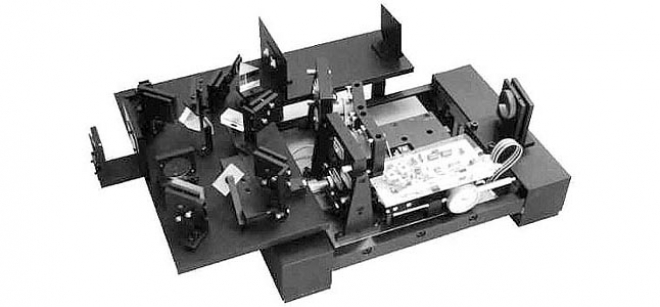
The TFP-1 spectrometer is based on a tandem 3+3 pass Fabry-Perot interferometer arrangement. The mirror spacing is selectable in the range 0.1 ÷ 30 mm. Mirrors are scanned by means of piezoelectric transducers up to about 2.5 microns around the rest position.
The instrument is intended primarily for the study of Brillouin spectra, particularly of many, or broad, features over an extended spectral range. The flexibility is such that even Raman spectra (out to about 500 inverse centimeters) may be measured.
AVI-C Controller
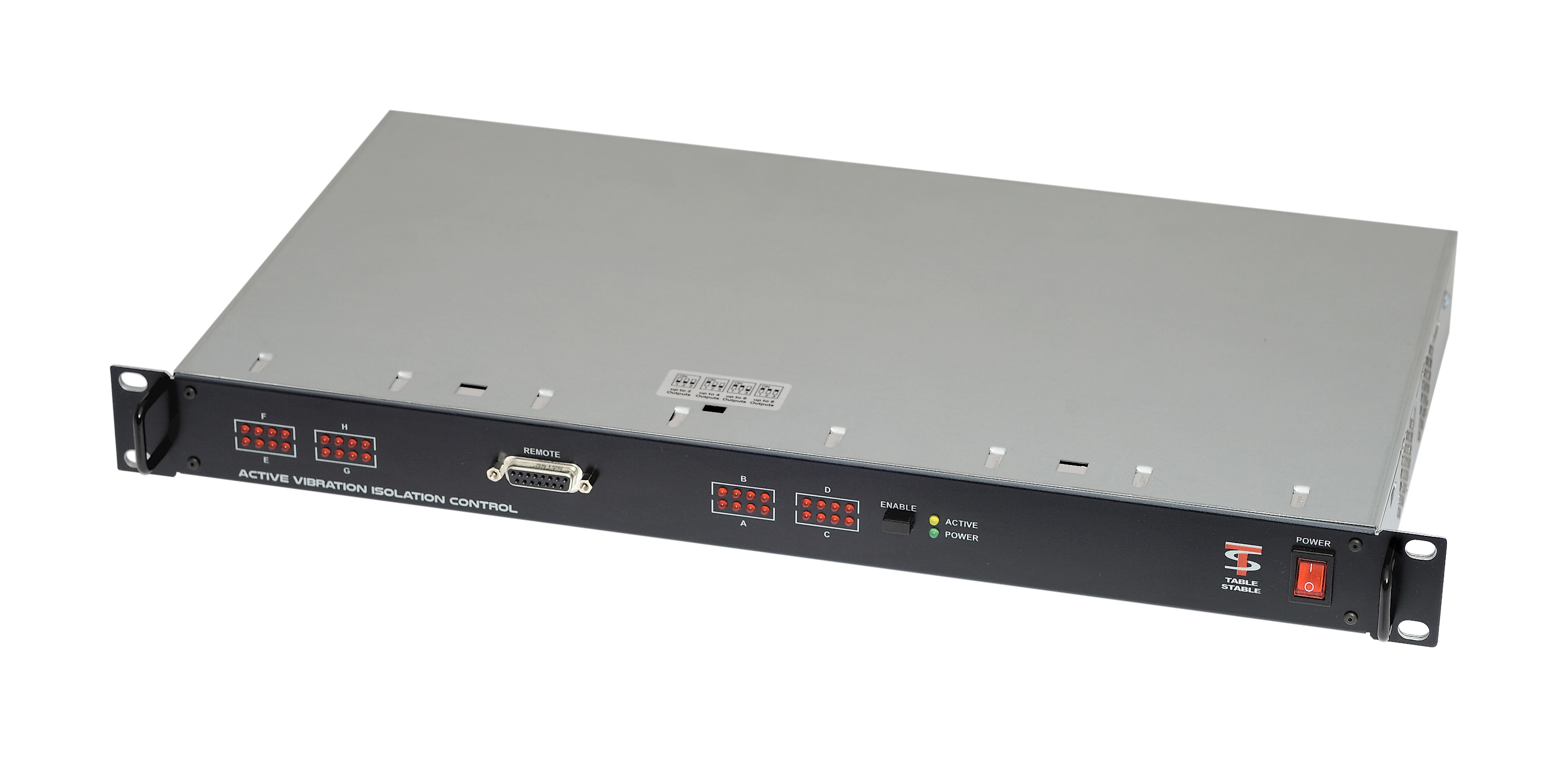
(19 inch rack dimensions)
AVI 600-XL
.jpg)
These easy to install isolators protect delicate high resolution measurement instrumentation against disturbing influences such as building vibrations and forces introduced directly into the equipment by the operator.
Tandem Interferometer TFP-2
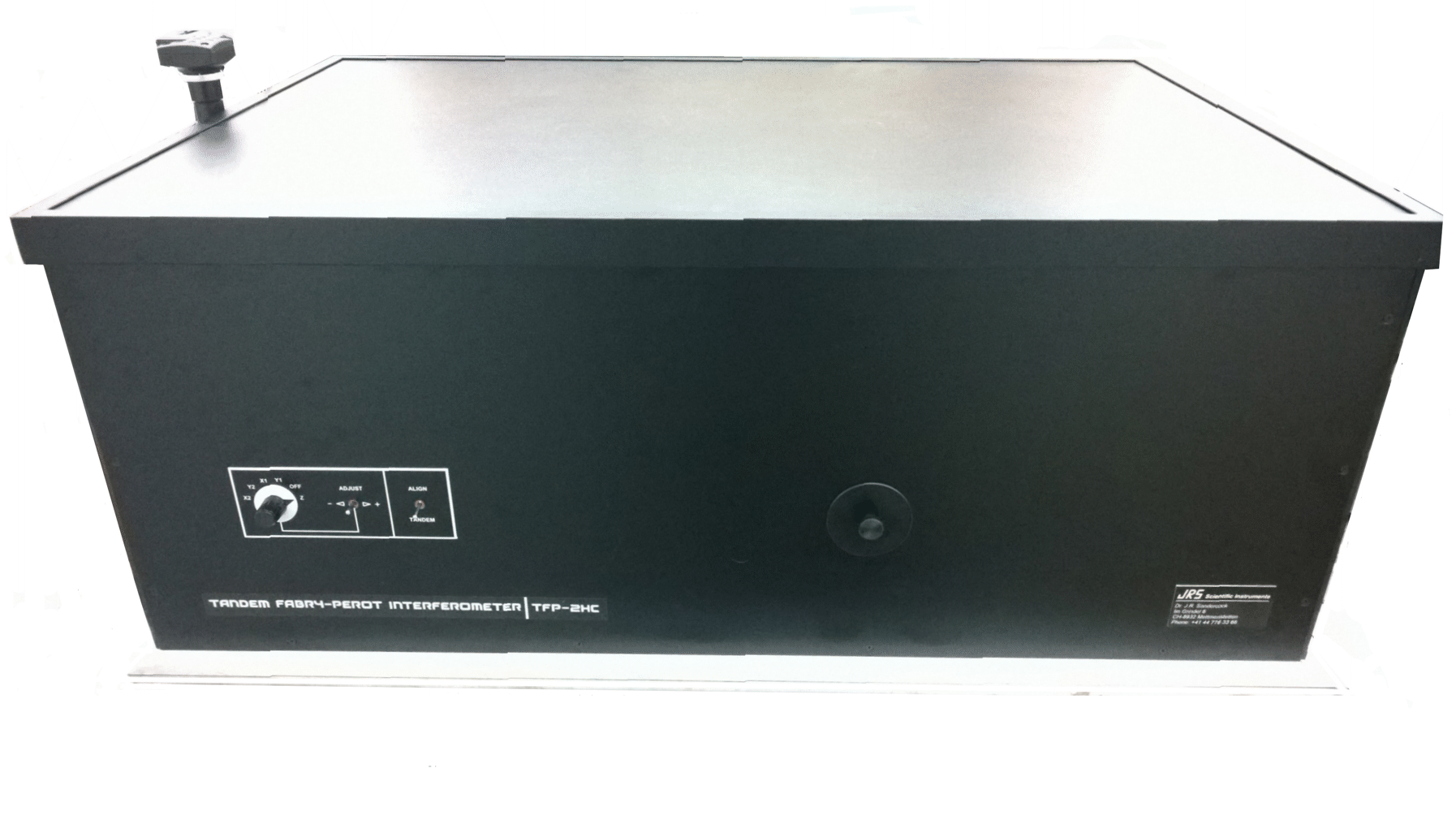
The recently developed TFP-2 HC is a high contrast evolution of the TFP-1 spectrometer. While maintaining the advanced and stable interferometer stage arrangement, a completely new optical plate has been developed to increase the contrast by about 4 orders of magnitude with respect to the previous model.
An upgrade of the optic plate of an old TFP-1 to TFP-2 HC is possible.
Confocal Interferometer CFP-1

The confocal Interferometer CFP-1 is a very high resolution spectrometer. The 500mm confocal cavity gives a resolution approaching 5MHz. Optics are included to allow an optic fibre to be optimally coupled to the cavity. A very narrow bandpass interference filter rejects stray light, and a glass plate beam splitter couples…
AVI 600-M
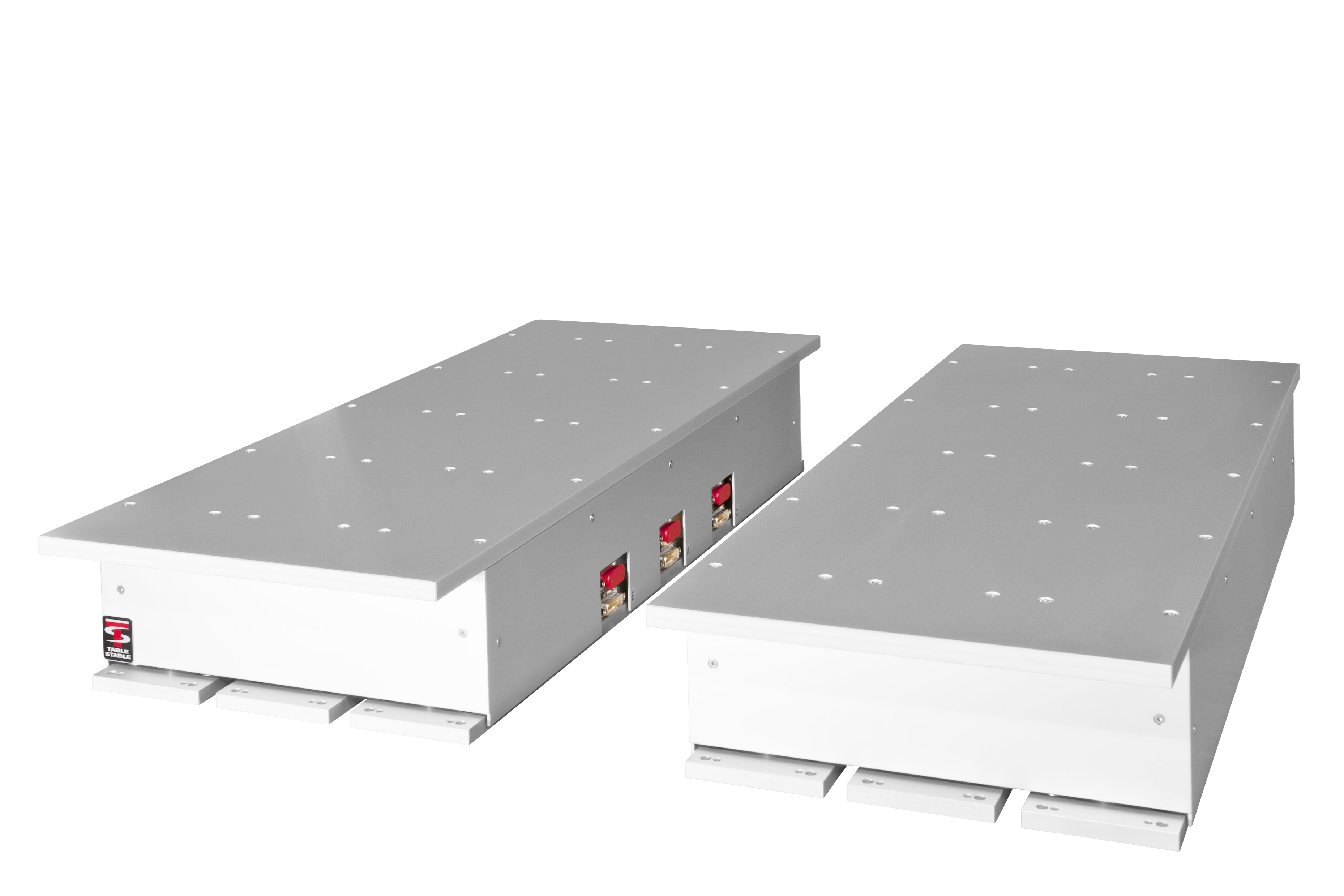
These easy to install isolators protect delicate high resolution measurement instrumentation against disturbing influences such as building vibrations and forces introduced directly into the equipment by the operator.
Confocal Microscope CM-1
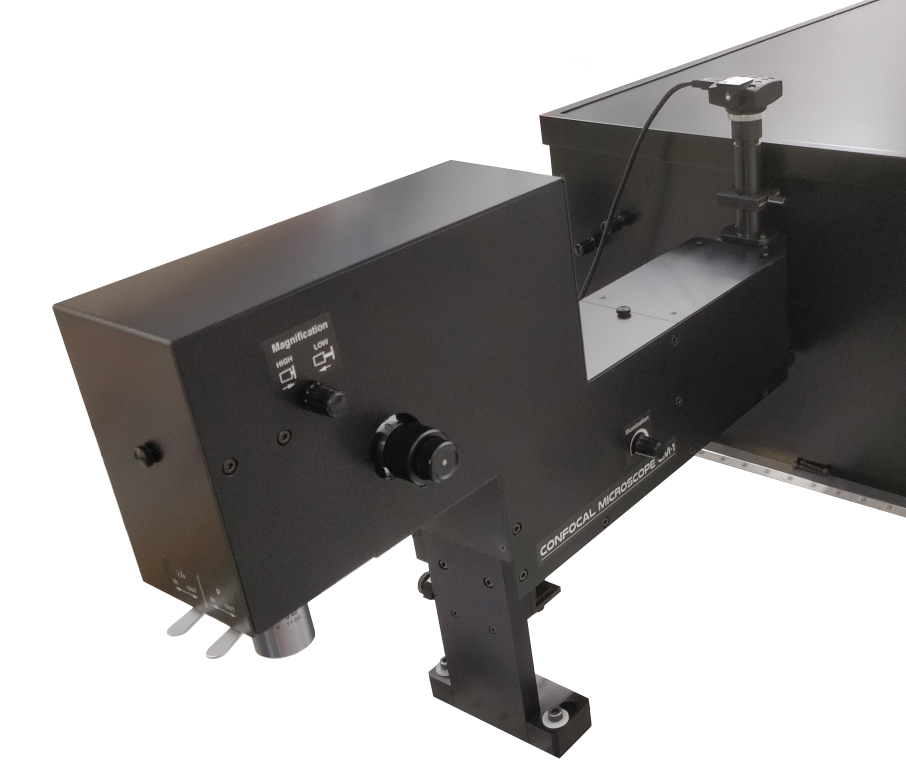
When the confocal microscope is combined with the tandem interferometer a complete lightscattering system is formed.
AVI-600-S
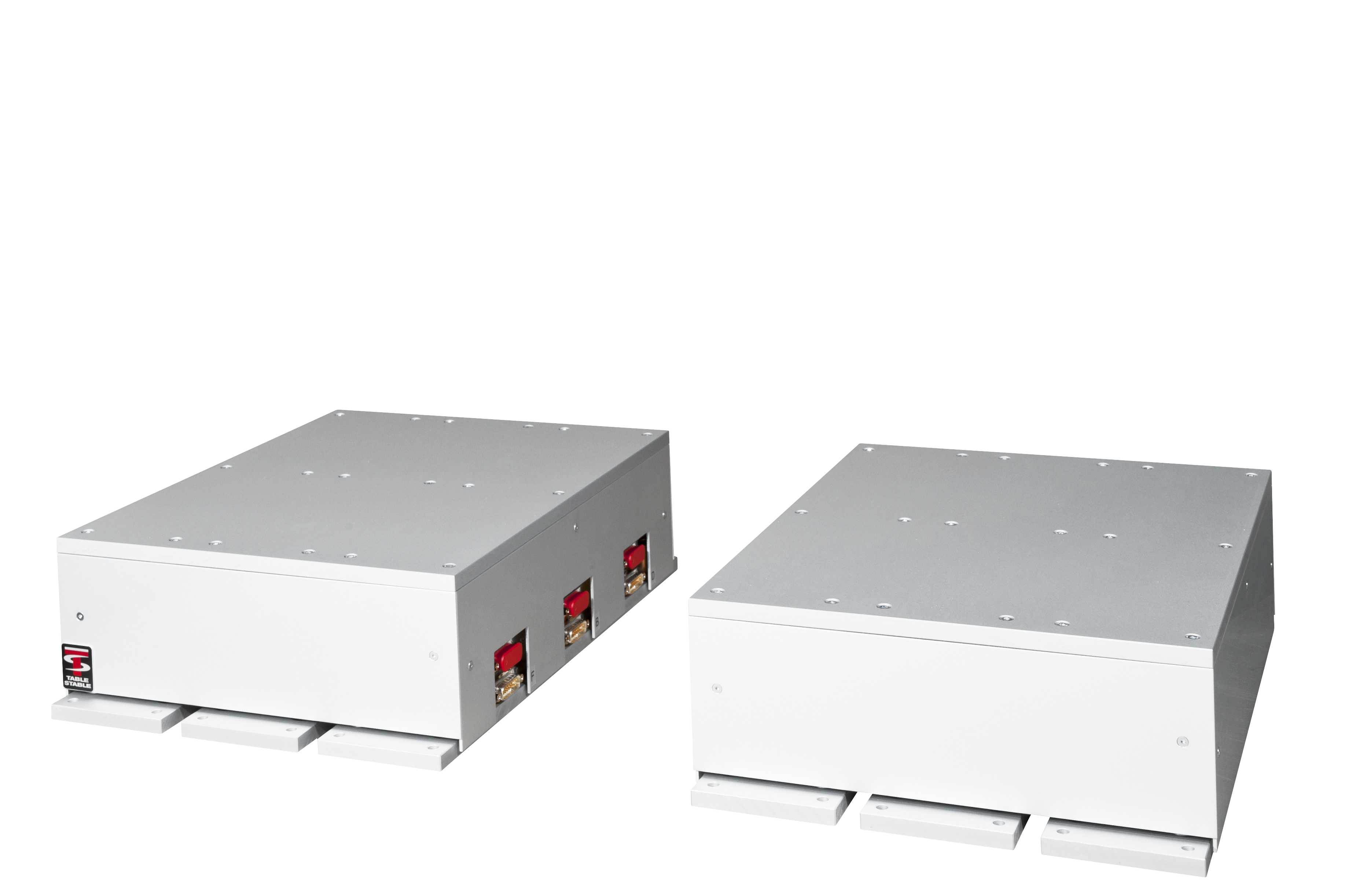
These easy to install isolators protect delicate high resolution measurement instrumentation against disturbing influences such as building vibrations and forces introduced directly into the equipment by the operator.
AVI-400-XL
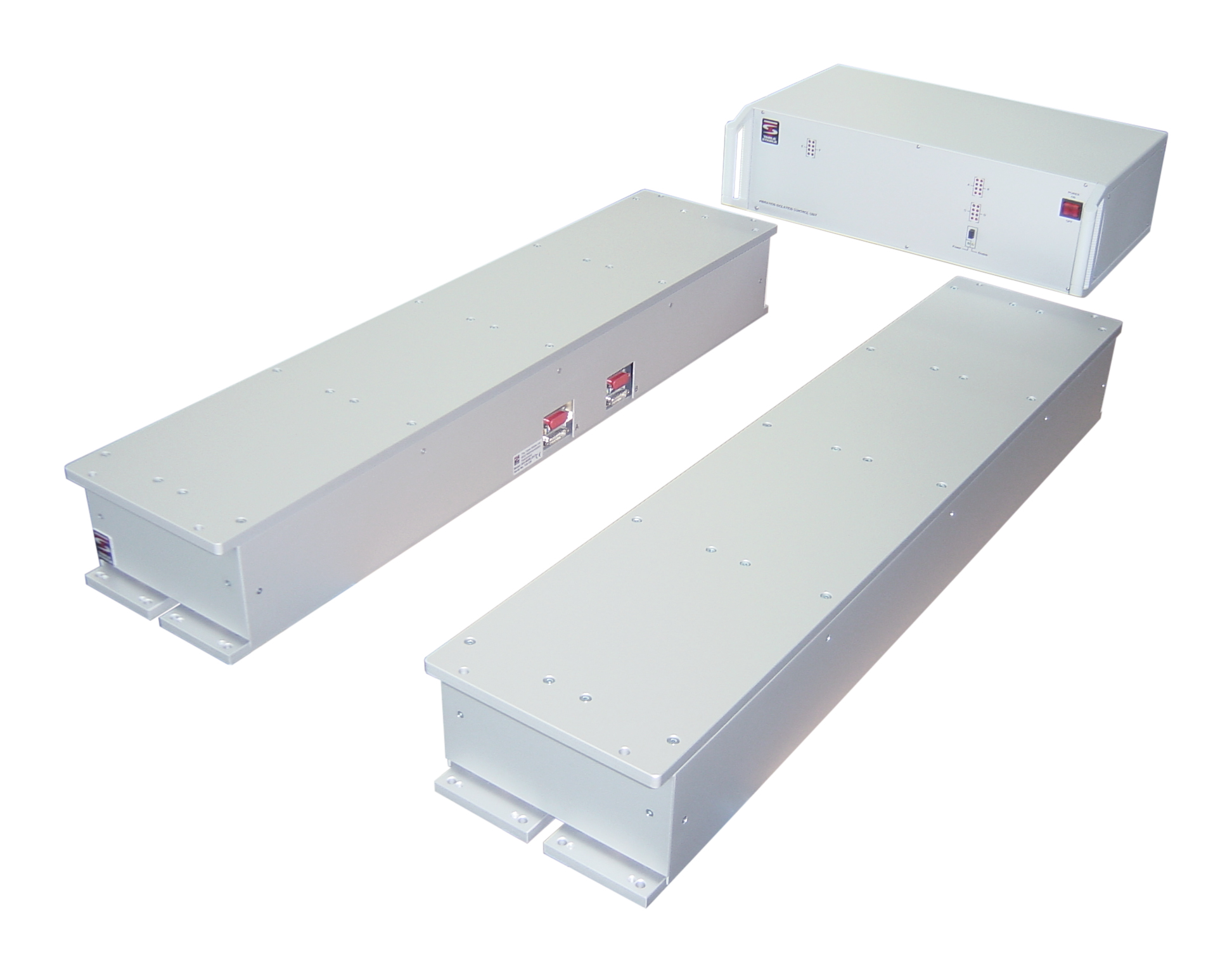
These easy to install isolators protect delicate high resolution measurement instrumentation against disturbing influences such as building vibrations and forces introduced directly into the equipment by the operator.
Multichannel Analyser MCA-1
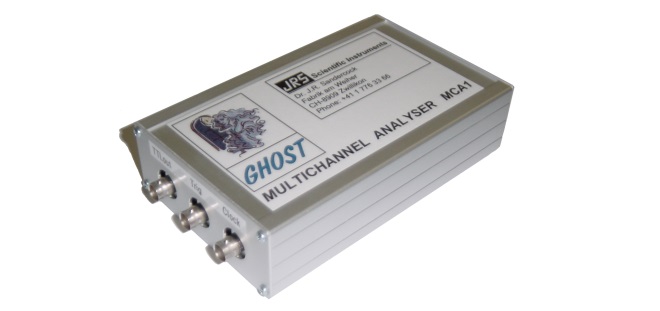
The light analysed by a spectrometer such as the Tandem Interferometer is measured by a suitable light detector. For maximum sensitivity the detector is normally a photomultiplier used in a single photon counting mode. The spectrum thus appears as a histogram in which the number of counts in a channel corresponds to the intensity at that spectral interval. This array of data channels is known as a multichannel analyser.
AVI-400-M
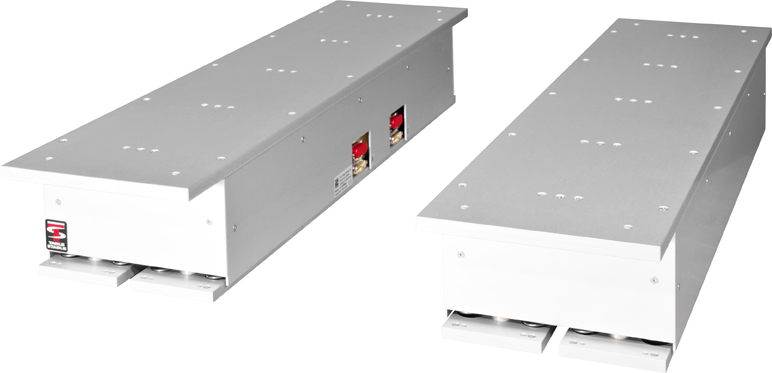
These easy to install isolators protect delicate high resolution measurement instrumentation against disturbing influences such as building vibrations and forces introduced directly into the equipment by the operator.
Laser Filter TCF
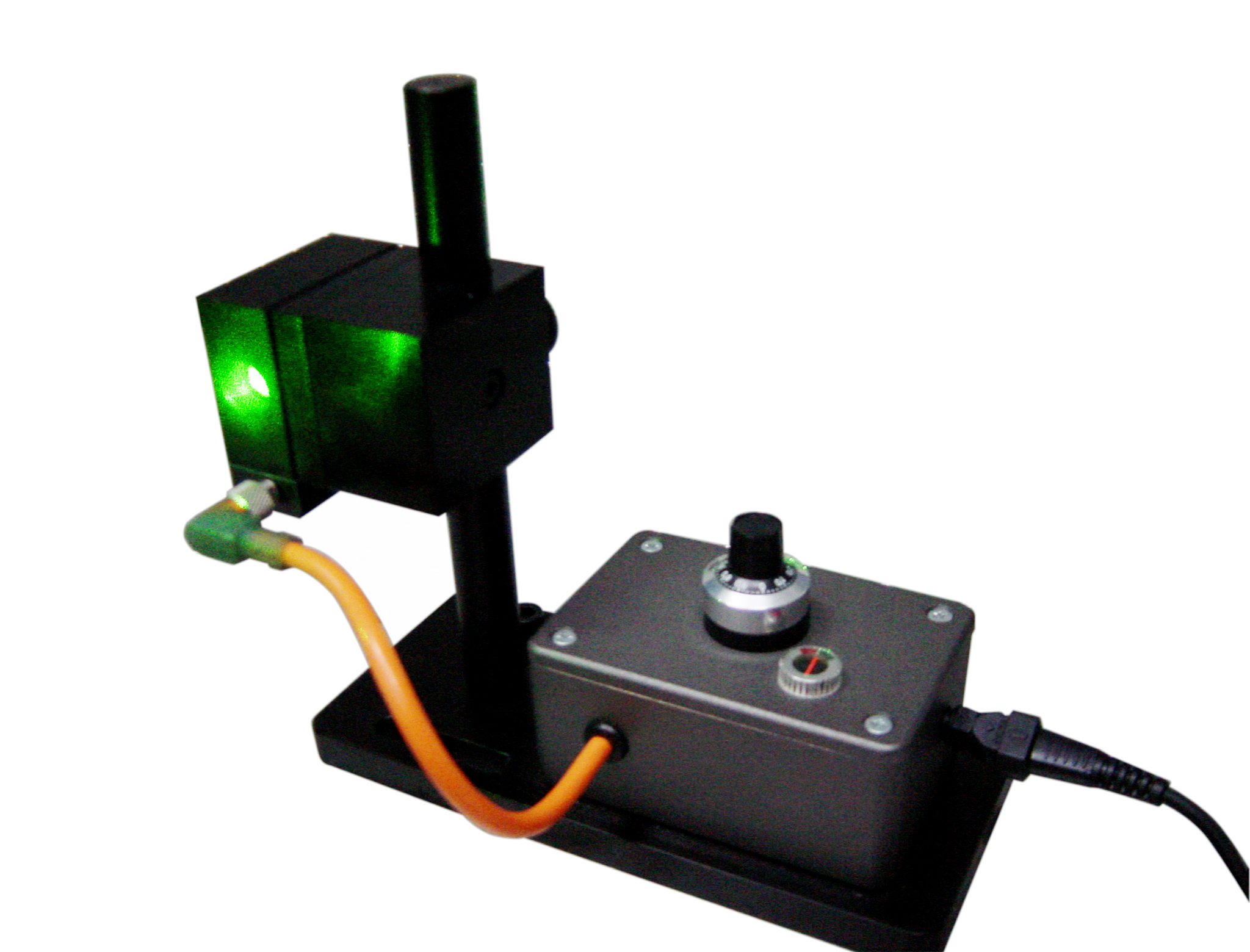
The TCF is a temperature stabilised etalon device, designed to reduce the intensity of
spurious secondary laser modes found on many modern commercial solid state laser light sources.
These secondary modes are very weak with an intensity typically 10-8 to 10-11 of the laser intensity, but unfortunately they lie in the region of interest for Brillouin spectroscopy measurements.
The TCF-2 is an improved version of TCF, providing longer term performance optimisation.
AVI-400-S
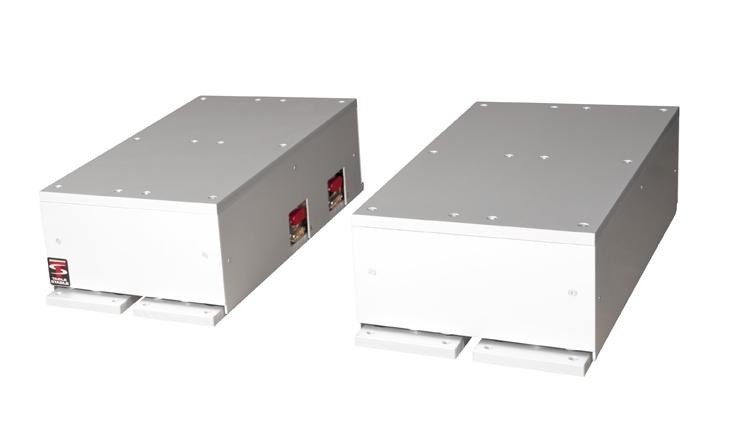
These easy to install isolators protect delicate high resolution measurement instrumentation against disturbing influences such as building vibrations and forces introduced directly into the equipment by the operator.
Pinhole Viewer PV-1
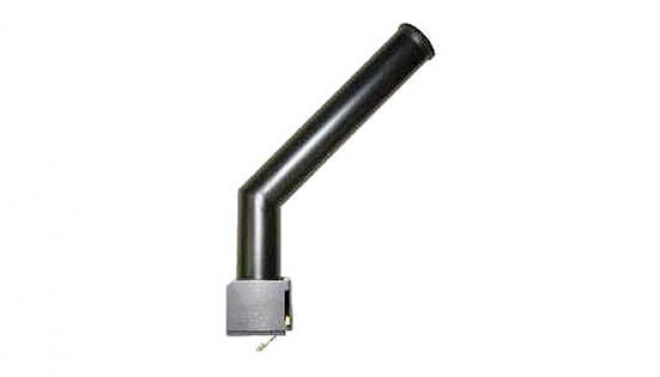
This is a microscope designed for viewing the scattered light imaged onto the plane of the entrance pinhole to the Interferometer.
AVI-200-XL
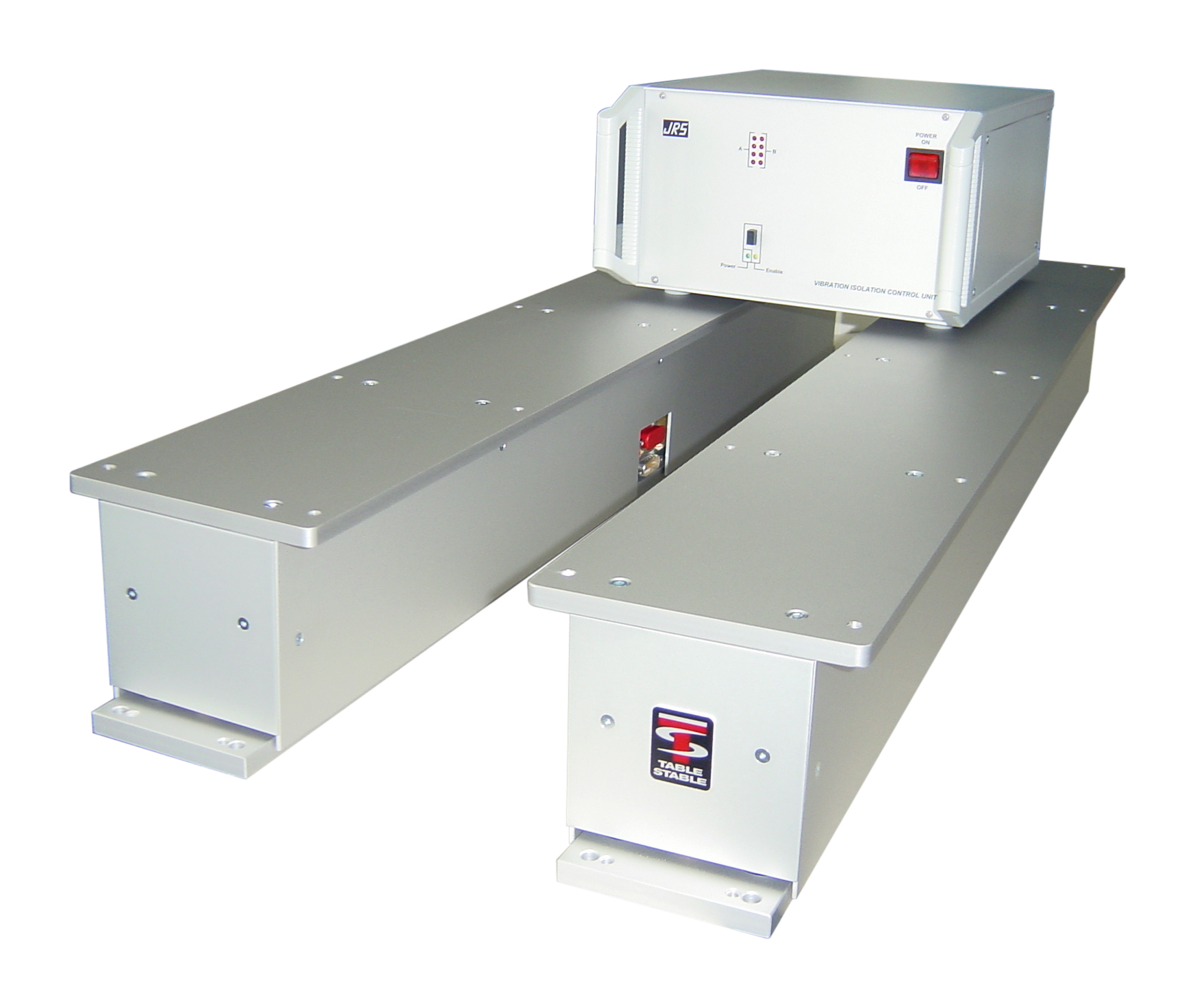
These easy to install isolators protect delicate high resolution measurement instrumentation against disturbing influences such as building vibrations and forces introduced directly into the equipment by the operator.
Light Modulator LM-2
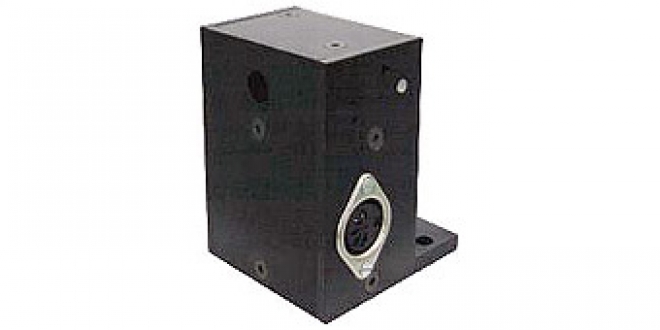
In most Brillouin scattering experiments it is essential to be able to modulate the laser intensity reaching the photomultiplier. Thus in back-scattering experiments there is often so much elastic light that the photon counting system is saturated and so no signal is available for stabilising the interferometer. In this case…
AVI-200-M
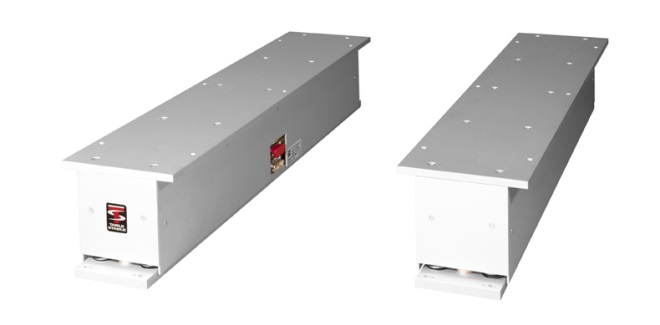
These easy to install isolators protect delicate high resolution measurement instrumentation against disturbing influences such as building vibrations and forces introduced directly into the table top by the operator.
AVI-200-S
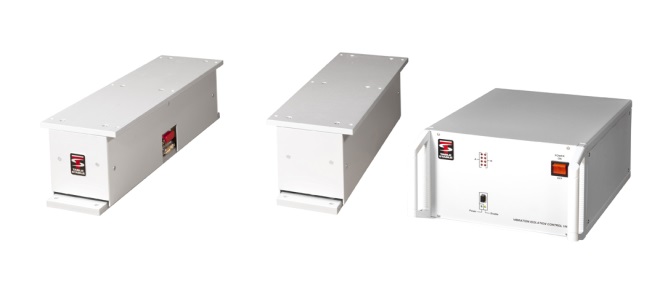
These easy to install isolators protect delicate high resolution measurement instrumentation against disturbing influences such as building vibrations and forces introduced directly into the table top by the operator.
Pinhole Camera PC-1
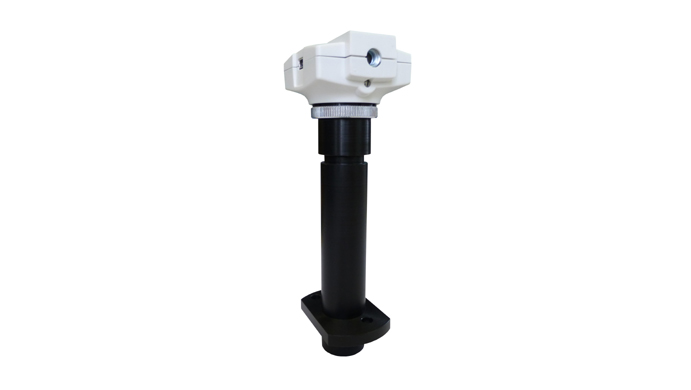
Our earlier pinhole viewer with monocular eyepiece has been upgraded. A camera replaces the eyepiece giving a bigger, safe image of the light passing through the input pinhole. Older pinhole viewers can be easily upgraded without affecting the optical alignment.
TS-300
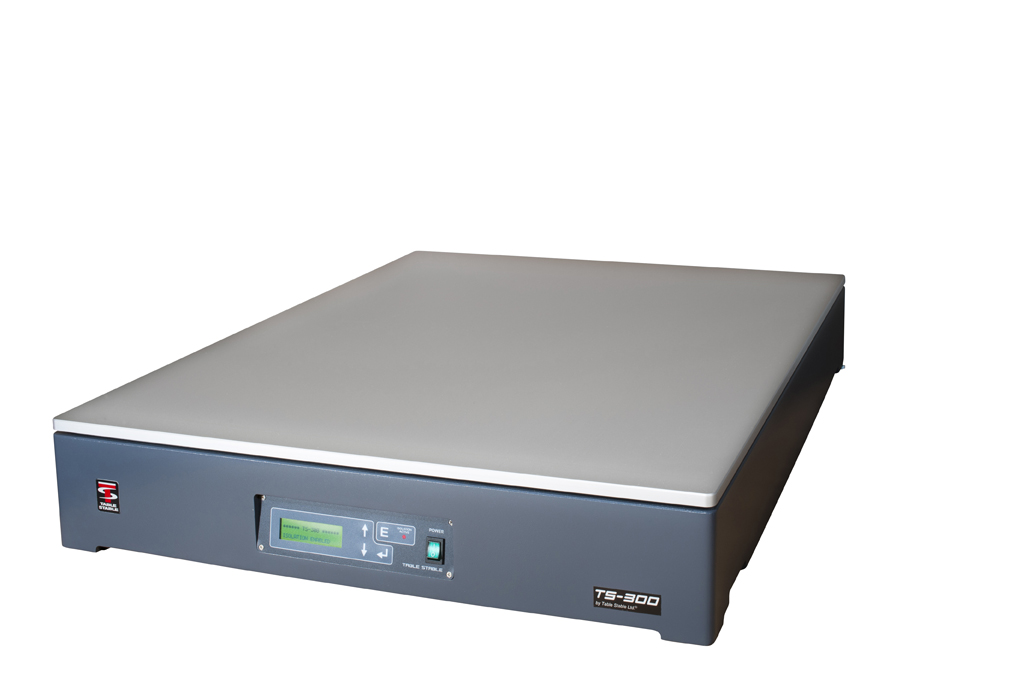
The TS-300 is available in 2 versions. The TS-300LT is internally identical to the smaller systems TS-150 and TS-140. Because the top plate is larger, and therefore heavier, the maximum load is reduced to 120kg. The full version TS-300 is a robust system having double the number of motors and sensors, and able to support loads up to 300kg.
Brewster Attenuator BA-1
The TFP Interferometers require a low reference laser intensity (about 1-2 mW) for stabilization purposes. The Brewster Attenuator (BA-1) is a convenient way to provide this intensity.
The BA-1 collimates the sampled light into a fiber optics patch cable, that can be connected to a TFP reference input receptacle.
TS-140 +40
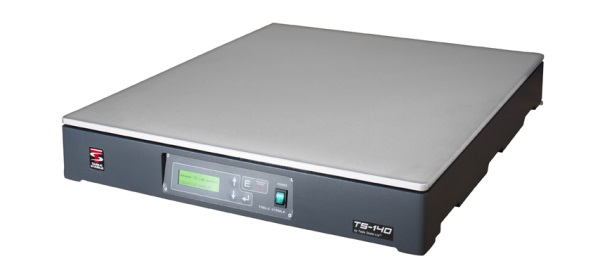
The TS-140 +40 combines proven technical excellence with elegant and user friendly design
This medium-sized dynamic vibration isolation system is ideally suited for all applications which need more space on the top plate than is achievable with the TS-150.
BLS mini setup
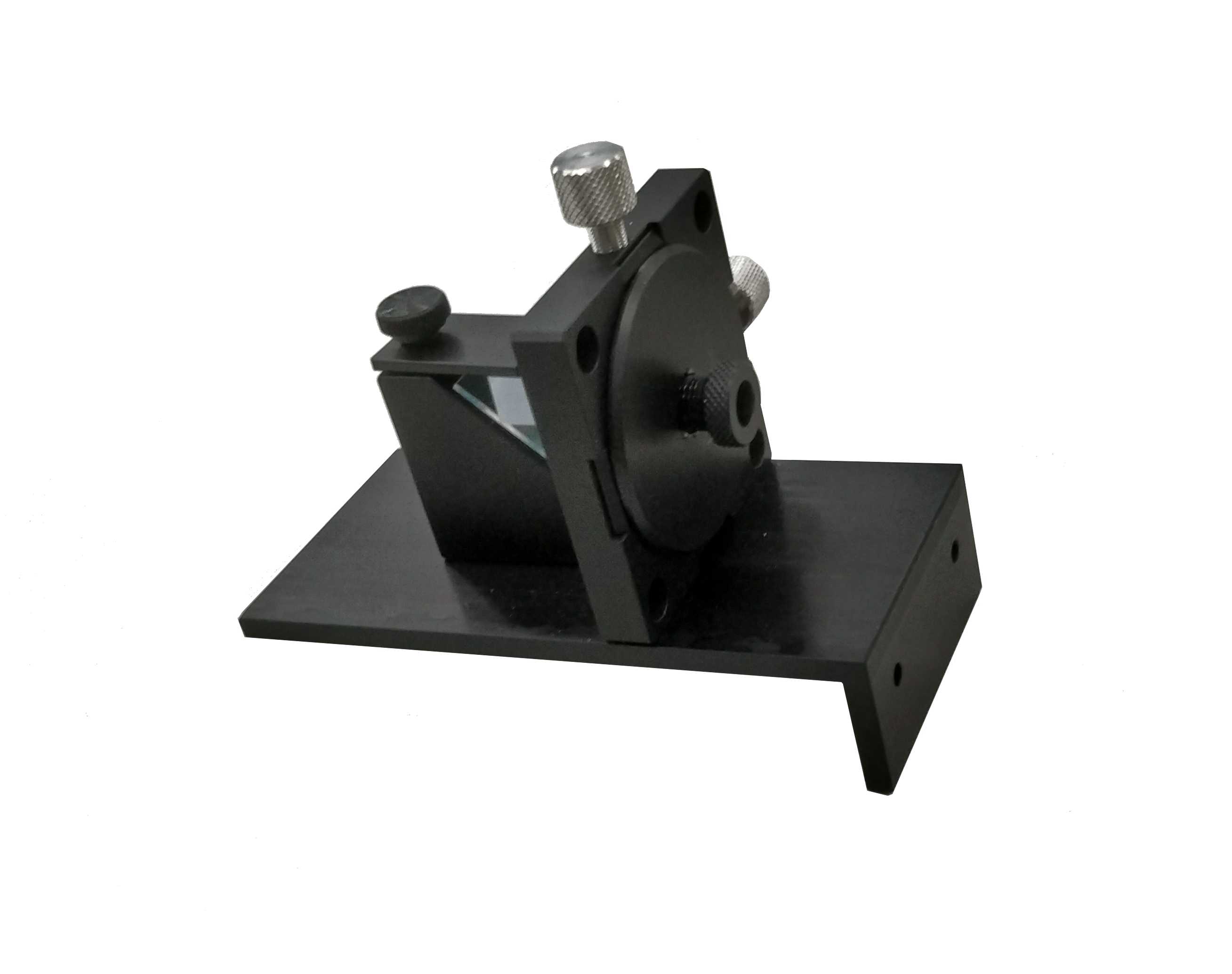
The miniature BLS setup is a compact but complete back-scattering system which can be mounted immediately before the input pinhole of a TFP spectrometer. It enables the execution of back scattering measurements on test samples without having a proper equipment on the workbench, or without disturbing a fully aligned setup already built on the workbench.
TS-140
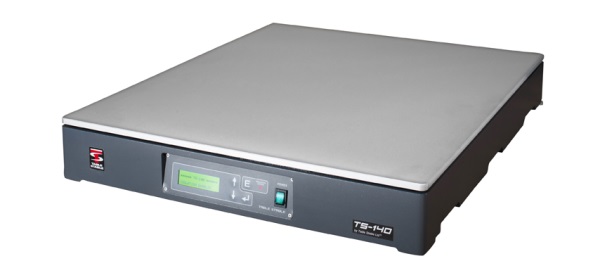
The TS-140 combines proven technical excellence with elegant and user friendly design
This medium-sized dynamic vibration isolation system is ideally suited for all applications which need more space on the top plate than is achievable with the TS-150.
TS-150
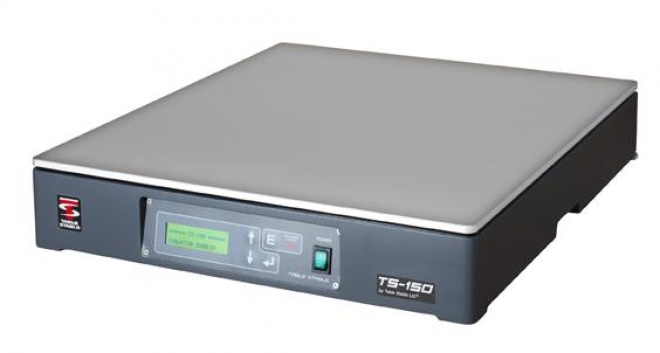
This compact state-of-the-art dynamic vibration isolation system achieves better isolation performance than most other comparable vibration damping systems.
TS-C30
.jpg)
The TS-C series are compact dynamic antivibration systems, which offer isolation against all six translational and rotational vibration modes.
Low Frequency Sensor LFS-3
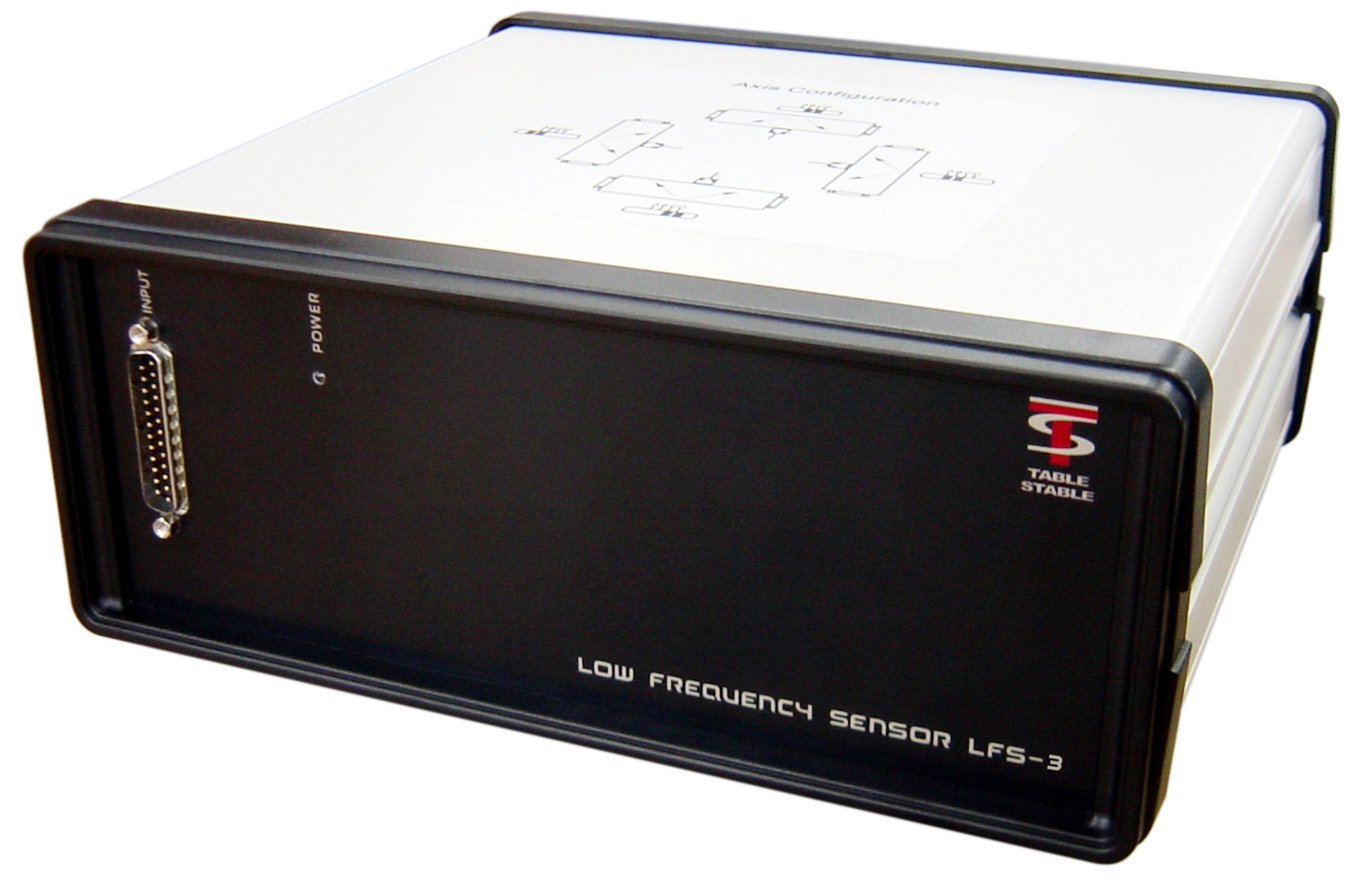
The LFS sensor measures horizontal and vertical accelerations in three axes down to frequencies of about 0.2Hz. The sensor is placed directly on the floor and is used in a feed forward loop in combination with standard AVI/LP systems to increase the vibration isolation at very low frequencies. The LFS can be retro-fitted to existing AVI-LP systems.
Modulation Box MB-3
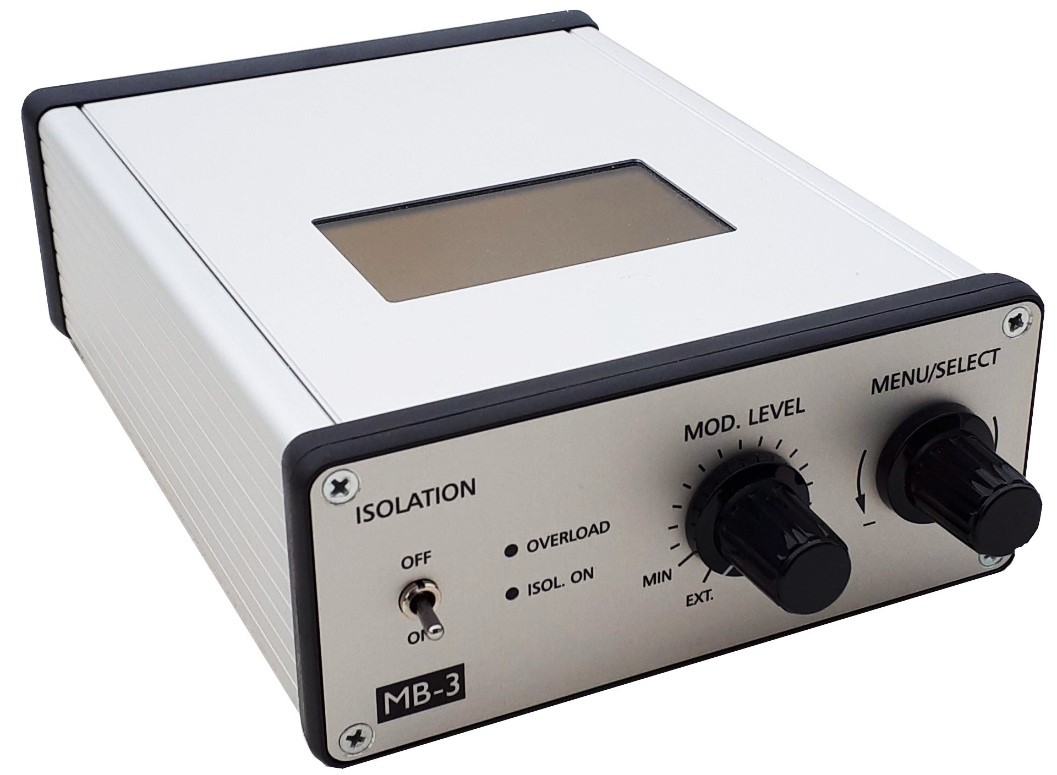
The modulation-box allows an excitation signal to be applied to a TS or AVI Isolation system so that the system may be used as a shaker in any direction.The modulation is applied to the isolated TS/AVI system so that external vibrations are avoided. Different excitation directions can be selected. There is no separate power supply required.
Vibration Analyser VA-2C
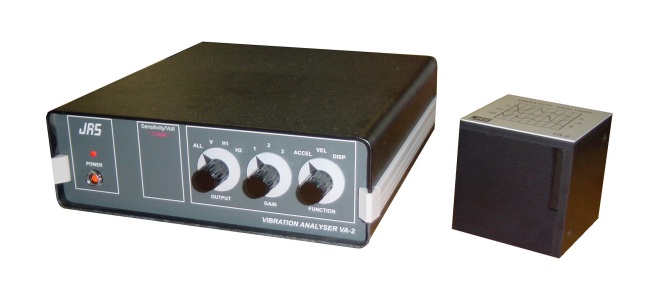
The vibration analysis system VA-2C is a system with remote measurement head allowing easy measurement of acceleration, velocity or displacement in three orthogonal directions. Each axis may be separately read out, and in addition a multiplexed output allows simultaneous display of all three axes on an oscilloscope. This latter feature is very useful for identifying vibration modes-frequency, direction and amplitude can all be inferred from the display.





